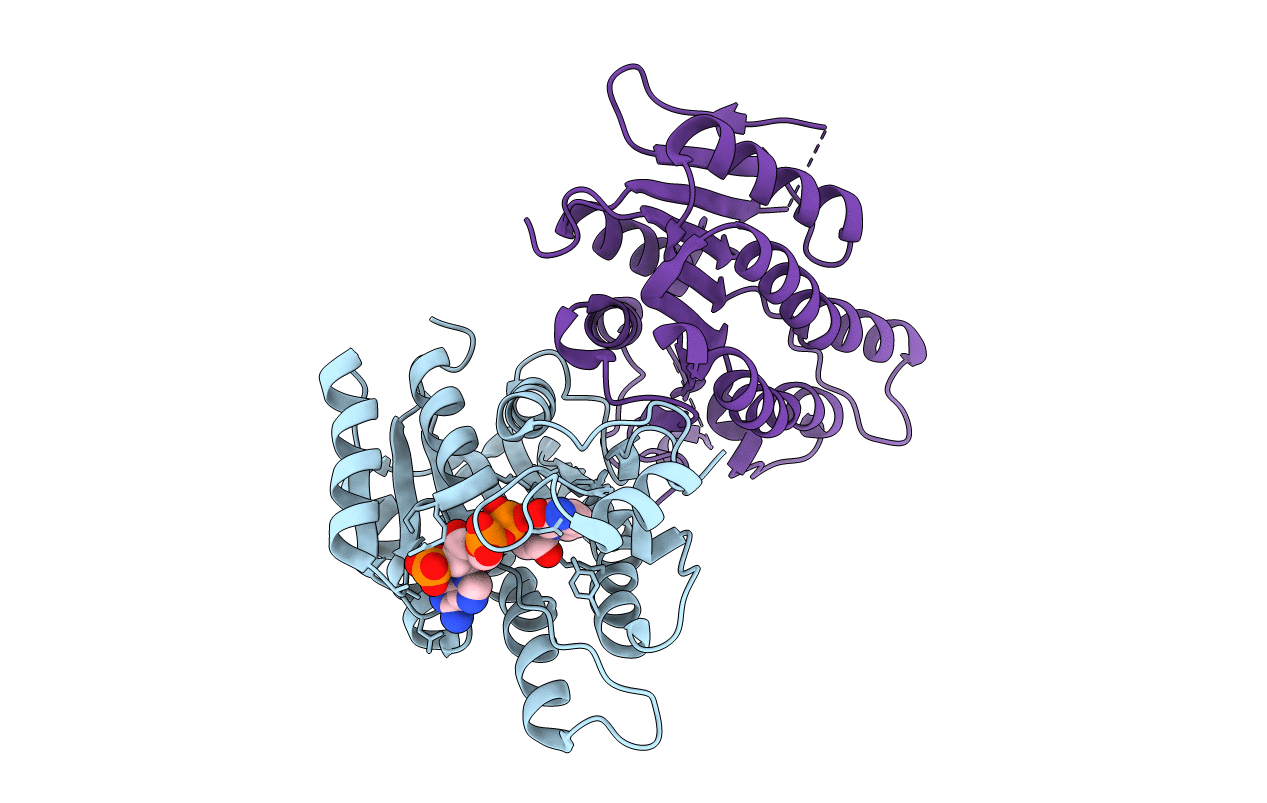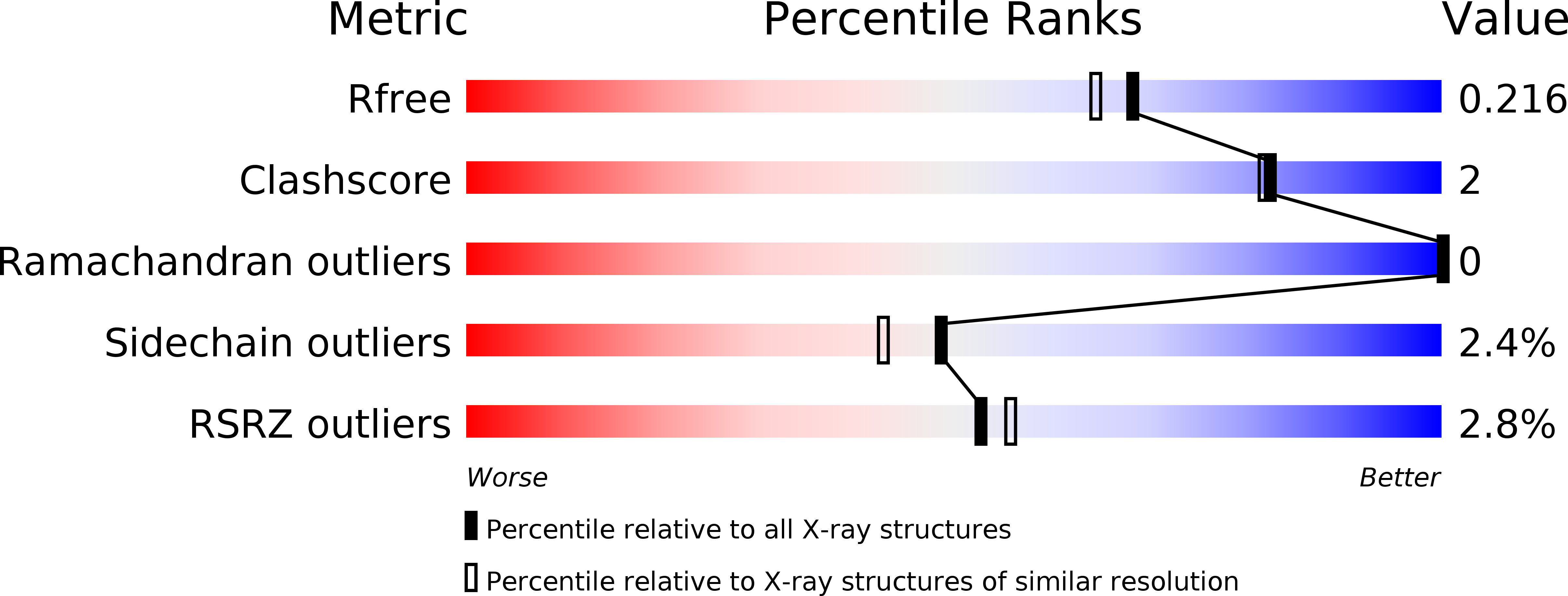
Deposition Date
2016-12-21
Release Date
2018-02-28
Last Version Date
2023-11-22
Entry Detail
PDB ID:
5WUW
Keywords:
Title:
Serratia marcescens short-chain dehydrogenase/reductase F98L/F202L mutant
Biological Source:
Source Organism:
Serratia marcescens (Taxon ID: 615)
Host Organism:
Method Details:
Experimental Method:
Resolution:
1.90 Å
R-Value Free:
0.21
R-Value Work:
0.17
R-Value Observed:
0.17
Space Group:
P 41 21 2


